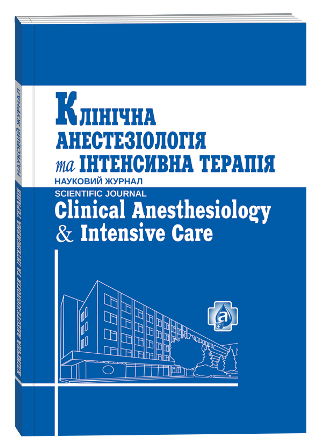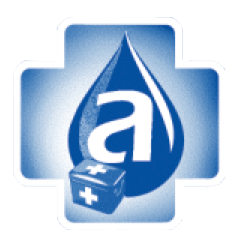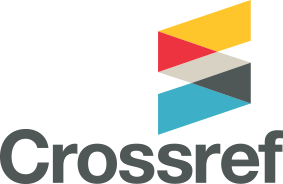EFFICACY OF CEREBROLYSIN NEUROPROTECTIVE THERAPY OF THE ISCHEMIC STROKE
Keywords:
ischemic stroke, Cerebrolysin, neurospecific enolase (NSE), BISindexAbstract
The frequency of stroke cases is growing rapidly worldwide. According to the statistic data, patients with the ischemic stroke prevail (80%). There has been recently an increase in patients with severe stroke, admitted to the ICU (intensive care unit). Cerebroneuroprotection is considered to be the most promising treatment option by the leading world specialists. These days Cerebrolysin (Ever Neuro Pharm, Austria) is the only clinically effective drug aimed at neurotrophic effect. The efficacy of Cerebrolysin infusions was studied on 20 patients with verified ishemic stroke, who were administered 30 ml of the drug per 24 hrs during 10 days. Efficacy assessment was performed through monitoring neurospecific enolase (NSE) level dynamics, which is an ischemia marker of all differentiated neurons. The level of NSE in healthy volunteers (n=10) was about 10.67 ng/ml, while in patients with ischemic stroke it was 5.4 times higher (p<0.001), which suggested grave ischemia of the brain. At the end of investigation, the level of NSE in patients, who have been administered cerebrolysin was (19.53±3.43) ng/ml, in patients of the trial group — (47.57±8.36) ng/ml. We have also studied the dynamics of brain bioelectrical activity through the use of integral BIS-monitoring. The BIS index of the healthy volunteers (of the same age group/sex/comorbidity) was about (96.45±2.38). At the beginning of the investigation BIS-index was ranging within 68–71, after 3-day treatment — 79–88, at the end of the Cerebrolysin treatment course — 89–94. At the same time, BIS-index of the control group during the treatment and observation period did not change significantly. The obtained data indicate functional improvement of the patients’ condition and restoration of normal bioelectrical activity of the brain due to the administration of Cerebrolysin. These results as well as obtained clinical and functional data suggest a positive effect of Cerebrolysin in the treatment of patients with ischemic stroke.
References
Виничук С. М. Ишемический инсульт: эволюция взглядов на стратегию лечения / С. М. Виничук, Т. М. Черенько. – К., 2003. – 120 с.
Полищук Н. Е. Интенсивная терапия при остром ишемическом инсульте / Н. Е. Полищук, А. И. Трещинский // Doctor. – 2003. – № 3. – С. 20–23.
Ишемический инсульт (эпидемиология, патогенез, клиника, интенсивная терапия) / А. И. Трещинский, Ф. С. Глумчер, А. А. Короткоручко, Н. Е. Порлищук // Біль, знеболювання і інтенсивна терапія. – 1997. – № 1. – С. 79–90.
Карякина Г. М. Нейронспецифическая энолаза как индикатор поражения мозговой ткани при ишемических инсультах / Г. М. Карякина, М. А. Хинко // Неврологический вестник. – 2007. – № 1. – С. 41–44.
Григорьев Е. В. Нейроспецифические белки-маркеры энцефалопатии при тяжелой сочетанной травме / Е. В. Григорьев, Г. В. Вавин // Медицина неотложных состояний. – 2010. – № 2 (27). – С. 72–76.







